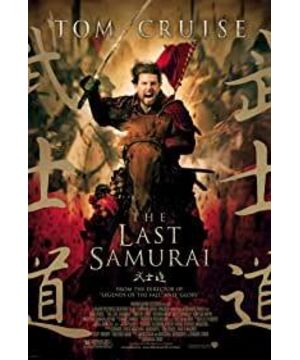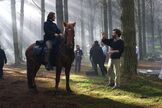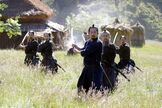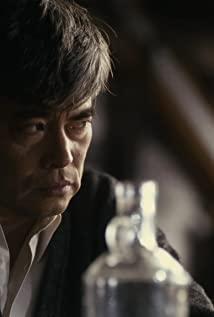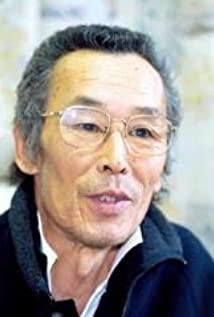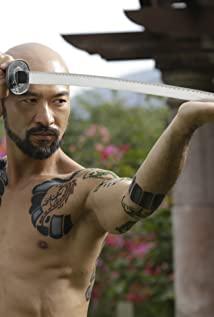I don’t know if the description of life in the middle section of the mountain village is true enough, but it is in line with my understanding of the cultural symbol of samurai. Samurai is a group with a very high spiritual load. What they value most is glory, strong willpower and strong willpower. Perseverance, they practice martial arts every day, and women and children are responsible for housework, which is similar to the situation in similar periods in ancient China. The framing of life in a mountain village is a typical Japanese style. The presence of wooden structures in the natural environment is natural and harmonious. Rainy days are the weather that often occurs in such scenes, and this atmosphere is the best.
Although the fighting scene of the assassination is not grand enough, the description is compact and the length is appropriate. This scene carries the combination of Atang and the samurai and the improvement of his own actual combat. It has a great effect in the expectation of the audience's natural emotions, especially this one. The main characters in the scene have completely exploded their opponents, coupled with a powerful soundtrack, it looks very emotional, and the strongest sense of substitution.
What is difficult to understand in Japanese culture is the sense of glory of the samurai, and the recognition of glory including women and children, which are repeatedly embedded in the film, because this is also a kind of thought that the film wants to express. As for the reason for rebelling, it’s not necessarily wrong in every aspect. Civil wars are like this, especially within a nation. The film chooses the rebel army. In fact, the army that came to counter the rebellion was described as being the commander except for the commander. An annoying character is not portrayed too much by the soldier, at most it is the initial training, so it is the conflict between the old and the new forces. The change of the times caused a group to end. It is appropriate to use the term destiny. The conflict between the spirit of the warrior and modern civilization is the same when foreign guns and cannons broke into the late Qing Dynasty. However, the samurai spirit in Japan as a very distinctive cultural symbol still retains more, in contrast. . . . . .
A Tang brother can best prove his acting skills. The protagonist's image is fuller, and Tang has a lot of room to play. The leader of the rebel army created by Ken Watanabe is also not angry and self-defeating. Hiroyuki Sanada has a hot character and strong combat effectiveness, and his loyal image is completely at odds with that of the saucepan wolf, and his plasticity is not bad.
Finally, let me talk about the female lead is also the only heroine. In the men's drama, it must be a character that can be held. Koyuki, a typical classical style. The other movie I have seen is the sunset in 3 Chome, and the housewives of the city do not fall. It is tacky and has a typical image of Japanese women.
View more about The Last Samurai reviews


